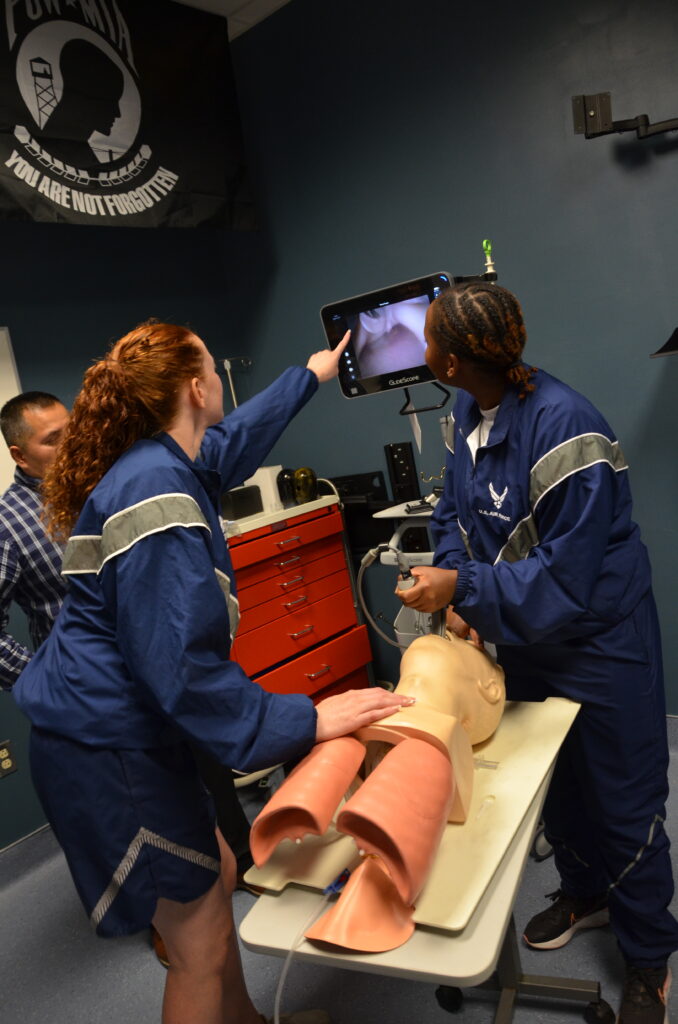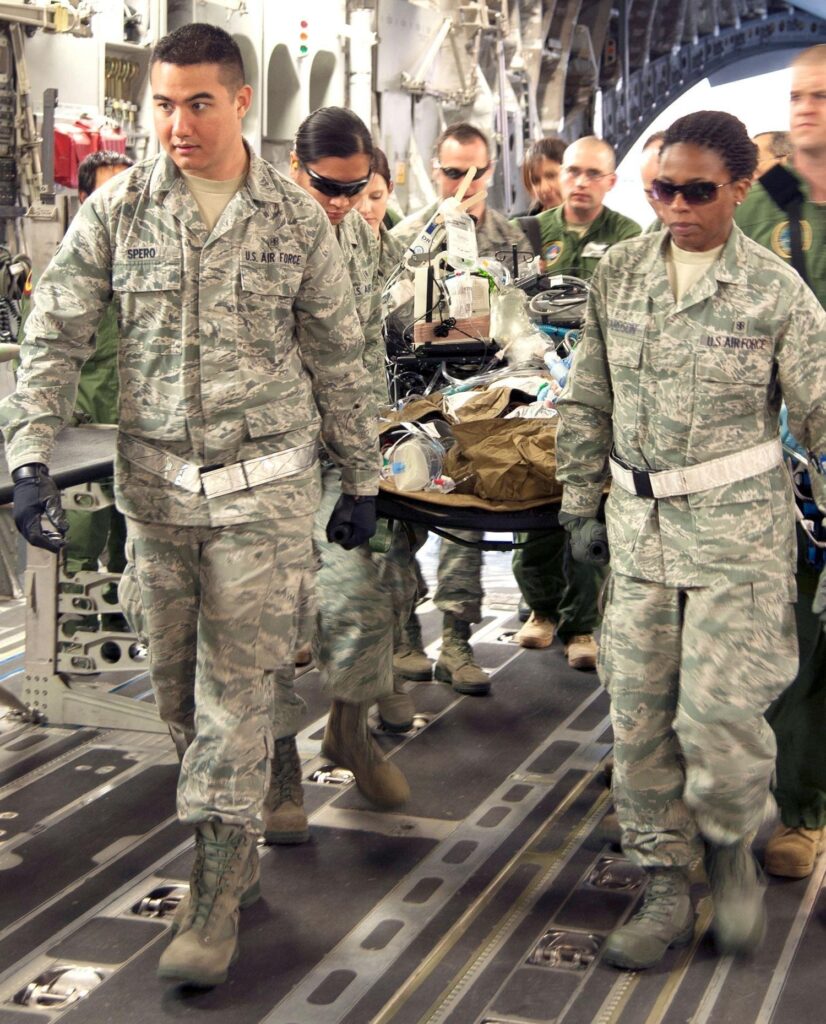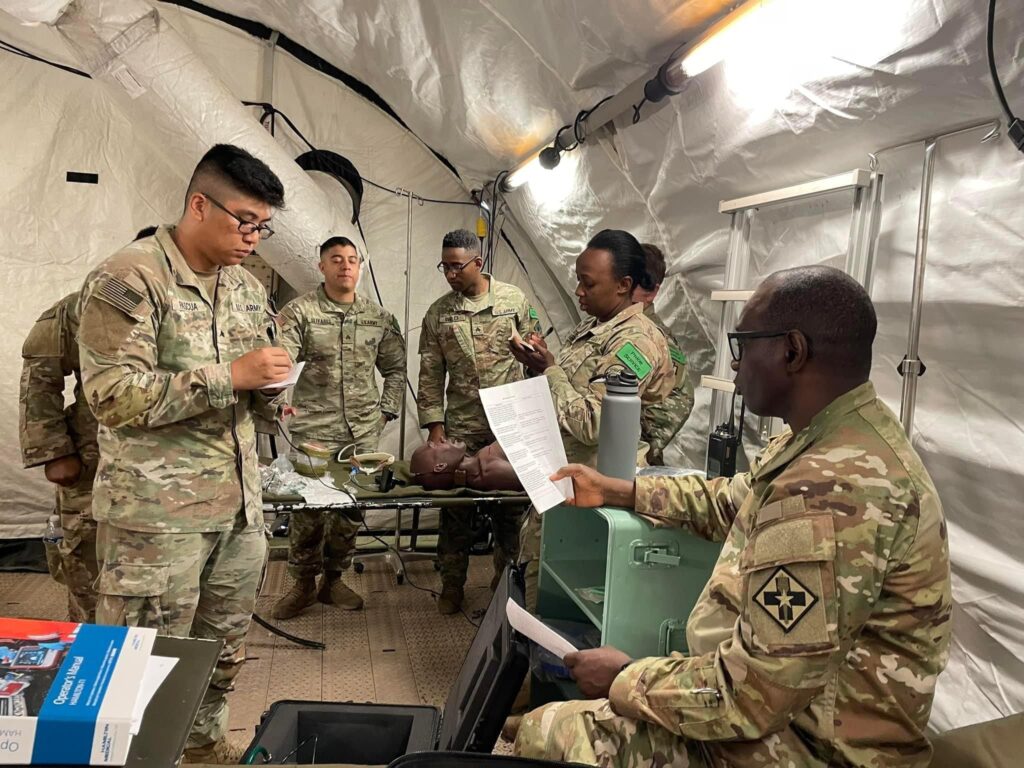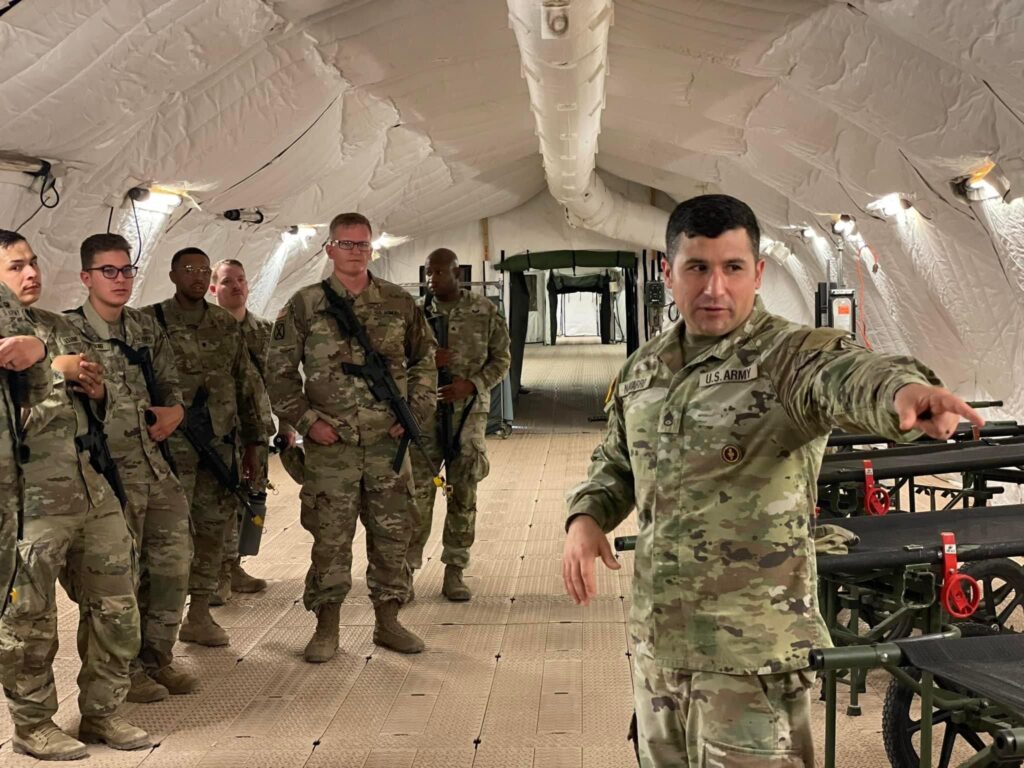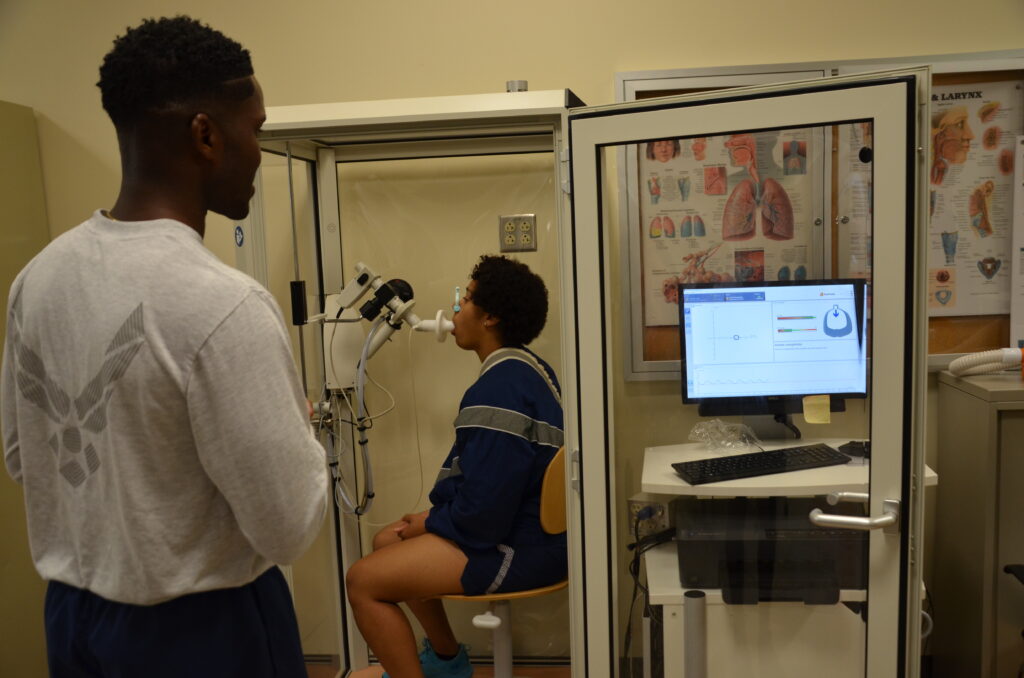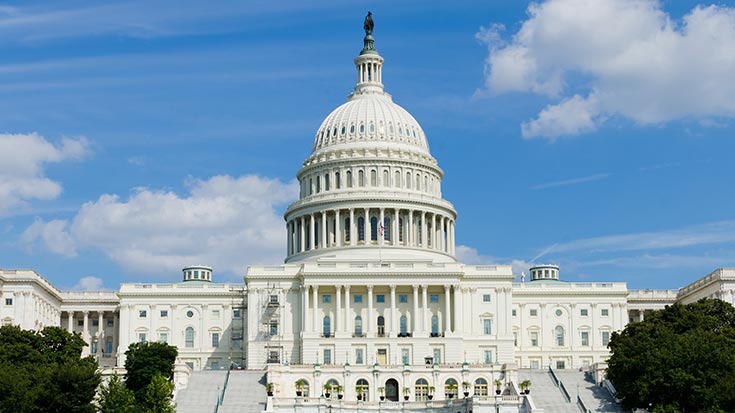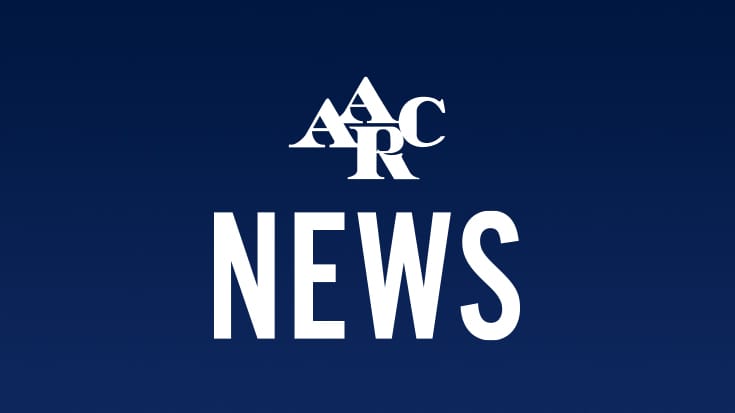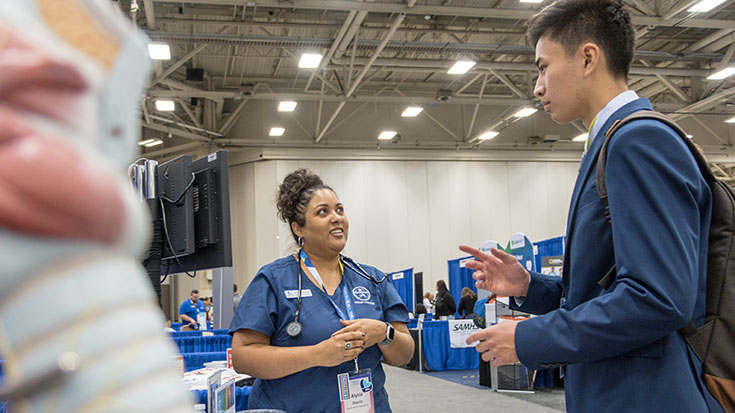As we salute all our veterans of service on this year’s Veteran’s Day, we thought it would be a great time to take a closer look at how RTs who entered the profession through the U.S. Armed Forces are trained for the job.
In the following interview, Oscar Lopez-Martinez, MAEd, RRT, RRT-NPS, CPFT, program director for the Army/Navy respiratory therapist program at Fort Sam Houston in San Antonio, TX, explains how the Army/Navy and Air Force programs prepare therapists to care for soldiers and their families.
When and why did the military begin training soldiers to be respiratory therapists?
The Army recognized the benefits that respiratory therapists provided in civilian hospitals and subsequently authorized a new military occupational specialty, the 91V Respiratory Therapy Specialist, on Oct. 1, 1973. The first Army class took place in 1975 and the Navy joined shortly thereafter.
The original course was eight months long and took place at Brooke Army Medical Center in San Antonio, TX. In 1985, it moved to the Army Medical Department Center & School at Fort Sam Houston, also in San Antonio, TX. In 2010, we became part of the Medical Education and Training Campus (METC) as a result of the 2005 Base Realignment and Closure Commission’s decision to co-locate all enlisted medical training for the Services. Our students are active duty and Reserve.
The METC also trains Air Force students in the Respiratory Care Practitioner program. The Air Force program is separate from the Army and Navy program because the Air Force students are also trained as cardiovascular technicians.
Both programs are accredited by CoARC.
Approximately how many RTs have these program trained over the years and where are some of the places they have been deployed?
It’s hard to estimate how many graduates there have been, but when you consider that the Army/Navy program has always had three iterations per year, graduating about 25 students per iteration, that’s about 3,600!
The Air Force Respiratory Care Practitioner Program also graduates approximately 75 students per year.
Active-duty Army graduates receive assignments to military treatment facilities, which include medical centers and community hospitals in addition to field hospitals. Active-duty Navy graduates are also assigned to military treatment facilities as well as ships. Locations where they can be sent include all of the U.S., including Alaska and Hawaii, as well as Germany, Italy, Spain, Korea, Guam, and Japan. Army and Navy Reserve graduates return to their hometown and apply for RT positions at their local hospitals.
As for deployments, graduates have been deployed wherever they are needed. We have had RTs in Saudi Arabia during Desert Storm, and in Afghanistan and Iraq during those conflicts. During the height of the COVID-19 pandemic, our graduates were also on the frontlines in the battle against this deadly disease.
Tell me a little about how your program works — what requirements does a soldier have to meet to get into the program, how long does it last, etc.?
The Army/Navy Respiratory Therapist Program is affiliated with the College of Allied Health Sciences of the Uniformed Services University (CAHS-USU).
Soldiers and Sailors interested in becoming RTs must have all of their general education courses — English Comp, Speech, Humanities, Algebra, Social Science — completed and approved by CAHS-USU before applying. The program length depends on the Service that the student belongs to.
Army students spend 9.5 months in the program while Navy students spend eight months. The difference is due to the fact that Navy students are Hospital Corpsmen and have a medical background before taking any RT courses.
On the other hand, Army students come from all sorts of backgrounds. They could be infantry, armor, transportation, etc. Very seldom do we have someone with a medical background. Therefore, we have to prepare them for the rigors of the RT portion of the program. They attend a six-week basic medical sciences block where they learn medical terminology, A&P, Microbiology, Human Growth and Development, Health Communication, Basic Patient Assessment, and BLS.
Once completed, the Navy joins them for four months of classroom lectures and practical exercises, which are conducted eight hours a day, Monday-Friday. The following four months are spent at the San Antonio Military Medical Center, where they spend eight hours a day, Monday-Friday, doing clinical rotations in the various ICUs, wards, PFT lab, burn unit, etc.
After graduating and before leaving for their next duty assignment, they take the TMC, which is paid for by the program.
The Air Force Respiratory Care Practitioner Program is also affiliated with the CAHS-USU and their students must have the same prerequisites. Their program is 12 months long due to the additional cardiovascular technician curriculum. Similar to the Army and Navy graduates, the Air Force graduates also take the TMC upon graduation.
Graduates from both programs receive associate degrees from the CAHS-USU.
What kinds of things do you cover in your training that might not be covered in civilian RT programs and how do you believe these things help prepare your graduates to care for soldiers in combat situations?
We are accredited by CoARC and, therefore, have a curriculum just like any civilian program in order to prepare our graduates to take and pass the TMC exam. However, we also incorporate field equipment that our Soldiers and Sailors will use when deployed. Specialized field (transport) ventilators, suction pumps, portable oxygen concentrators, and portable oxygen generator systems (POGS) are just some of the unique things we use to ready our graduates for any eventuality.
The AARC is a big supporter of military RTs. What does it mean to you to have the Association’s support?
The AARC has always been a staunch supporter of the military RT. They provide complimentary membership to military students and graduates, complimentary registration to any of their conferences, and they always honor the military during their annual Congress during the presentation of the Colors and recognition of those who served and gave their lives for freedom. Every student is offered the opportunity to become an AARC member and every student has accepted that opportunity gladly.
What would you like the rest of the RT community to know about the education received by RTs trained in these military programs and why?
Army, Navy, and Air Force RT students go through a curriculum similar to most associate degree programs. It’s just delivered on a more compact schedule. If you have the opportunity to work with a military-trained RT, you will find that he/she is intelligent, tends to act quickly and decisively, and is very comfortable working independently.
These are habits learned by working under pressure, with limited resources, and against overwhelming odds. Many will have had to assume roles and responsibilities in the field that RTs are not usually required to assume in a civilian hospital. Teamwork and Esprit de Corps are part of their heritage, and they will never let you fail.
Email newsroom@aarc.org with questions or comments, we’d love to hear from you.

